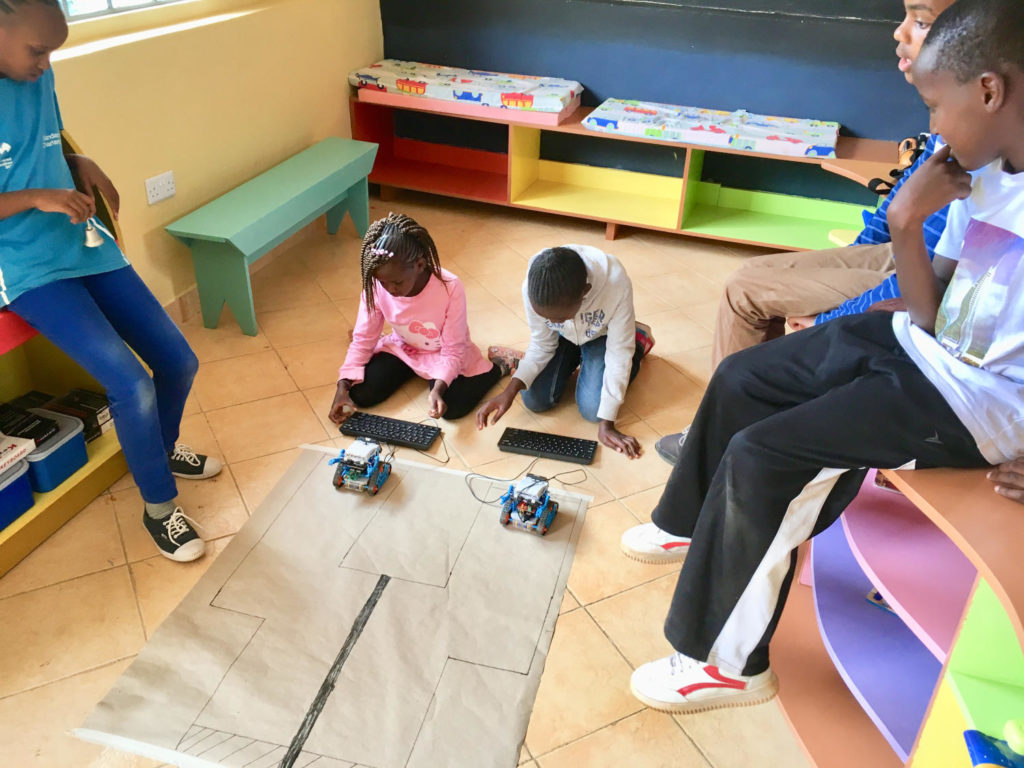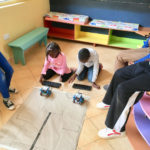
Why Integrating STEM teaching into our Kenyan Based Primary School Curriculum Matters
We are currently living in interesting times where technology seems to be playing a pivotal role in defining our daily activities, from business e.g MPESA which breathed a new lease of life to the under banked communities, to mundane tasks like checking the status of traffic congestions on our commuting routes. However, there has been a rising concern that student interest in Science, Technology, Engineering, and Mathematics (STEM) is not adequate to meet the future competitive demands and needs of our labour force. Considering that students’ successes and experiences in school-based STEM influences their decision to enroll in tertiary courses, STEM learning in many ways can be perceived as an equity issue for students, since there is a high probability that STEM knowledge and skills will be required by those who wish to be at the helm of key advances in our society, economy and industry.
To spark student’s interest in STEM, different strategies ought to be implemented and carefully evaluated to determine their effectiveness in fostering the type of student success that will help drive and sustain an early interest in STEM disciplines. These strategies can be championed by players in the private sector where Startups focusing on Education Technology can play a leading role in developing platforms for disseminating STEM content or by the government through a strategic revamp of its school-based curriculum. The government can achieve this by blending its school-based curriculum with STEM related activities, rather than pushing for STEM as a discipline in isolation. This approach offers two key advantages:
- Tying STEM activities directly to school’s standardized tests and academic goal
Most schools which tend to embrace STEM programs would roll them out as connection classes like computer applications and have teachers assigned to handle the programs. In such cases, teaching STEM eventually proves to be a challenge as the teachers would feel they are teaching outside their discipline areas. Moreover, such approach also makes the STEM classes have remote ties with the standardized tests and school’s academic goals. However, if STEM related activities were to be incorporated into the actual classroom curriculum, a school would end up achieving a clear mapping between STEM goals and its academic goals. For example, mathematical concepts of distance, speed and time relationship can be articulated using practical examples done with wheel robots drawn from the engineering discipline of STEM. Moreover, when robotics is proffered within the school day curriculum, pupils will be more likely to engage in the activities and become more interested in a topic they previously considered esoteric or uninteresting.
2. Championing research-based teaching
In the field of academia as in the case of tertiary institutions, effective professors promote learning as well as steer the development of new concepts by riding on research. Research gives them assurance of validity and reliability, guiding them through their daily routines in academia while keeping them focused on their goals. In the same breadth, research pushes for collaborative problem-solving techniques such as critical analysis which rides on using practical examples and artifacts, in series of experiments in an attempt to prove a concept. However, in our primary education system, the element of research seems to be conspicuously missing. Mathematical and science concepts as well as examples are largely beamed across to students through a prism of abstraction which makes it hard for a majority of students to quickly relate them with scenarios in the real world. Interestingly, if we incorporate STEM related activities into our primary school-based curriculum, we automatically make it assume a research-based angle to some satisfactory degrees. For example, robots can be used to investigate specific mathematical and science concepts such as aspects of force and motion through practical sessions involving robotics obstacle climb and navigation.
However, incorporating STEM related disciplines such as robotics into our core sciences and mathematics curriculum calls for careful planning and strategic assessment to ensure that students master the specific content and knowledge specified in the school curriculum or else you run the soft risk of turning the entire science class into a toy session with students busy interacting with the robots as toys rather than absorbing critical skills. Another key challenge of incorporating STEM disciplines into our core curriculum lies in striking a balance between creating educational experiences that ties students to learning the mandated core science concepts and practices as per their curriculum, while at the same time exposing them to the pillars of engineering design providing clear links between engineering, science, technology and our society. Considering that there are numerous points of convergence between science and engineering just as there are also points of inflection, the blending of STEM disciplines with our school-based curriculum needs to be done in such a manner that we don’t end up just focusing on say robotics for example rather than impacting our kids with the requisite science or engineering design skills. To neuter some of these challenges, the government ought to play a leading role in creating an aura that enables collaboration between the private sector i.e Startups focusing on offering STEM services as well as products, and the Kenyan Institute of Curriculum Developers.
One may also question the feasibility of attaining the aforementioned integration considering that we are an emerging economy with sometimes acute cases of resource constraints and availability especially in the education sector. The good news is that in the recent past, we have seen a proliferation of Kenyan based Startup companies offering STEM services with some even going an extra mile into providing locally assembled STEM robots. With such developments, it’s just a matter of time before the resource constraint gap is plugged putting our education system into a path of transformation on matters concerning STEM.
Busalire Emeka – MSc Computer Information Science, Hosei University – Japan, and Founder EgalaxyKenya – a STEM based Startup.

